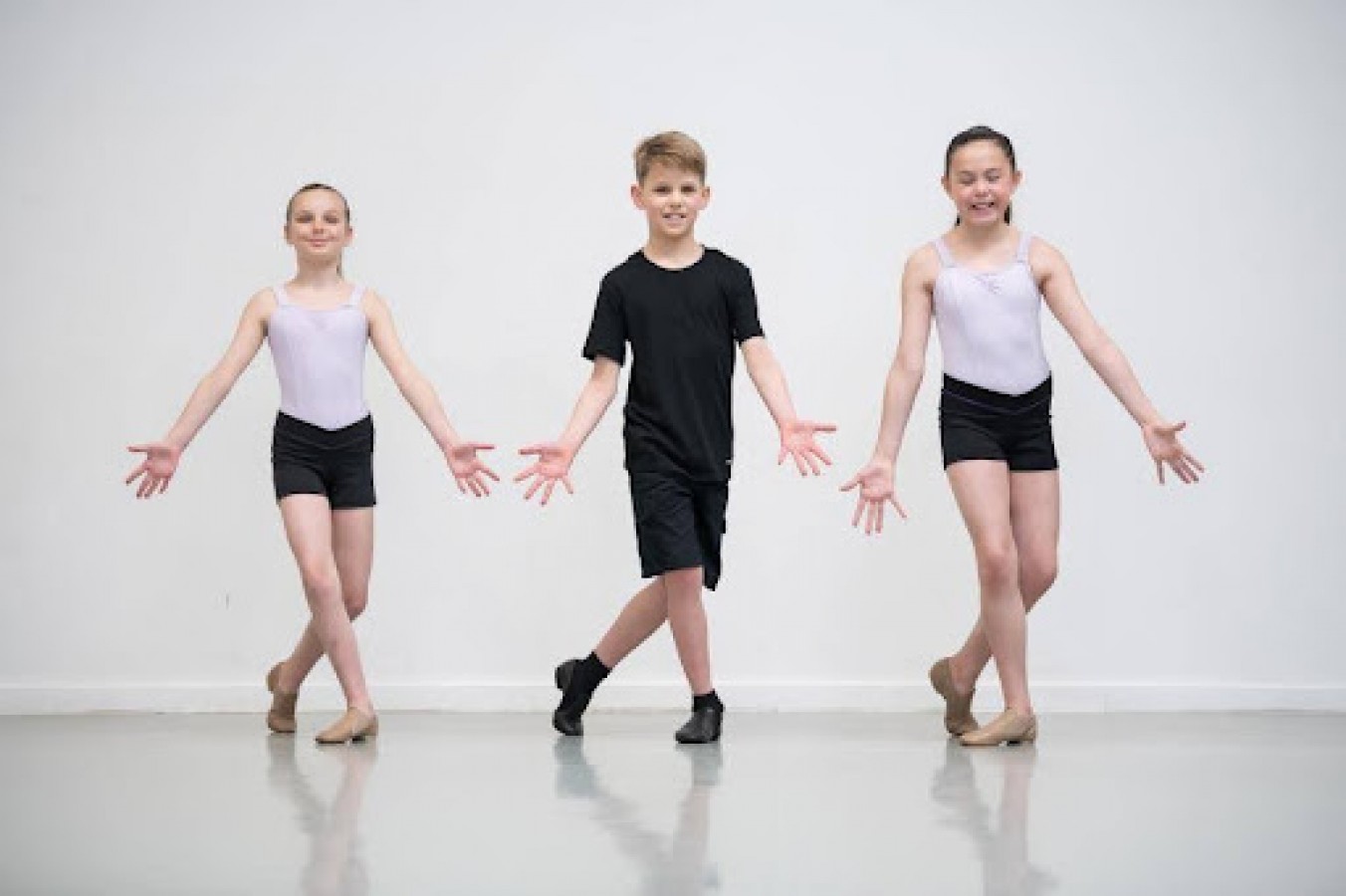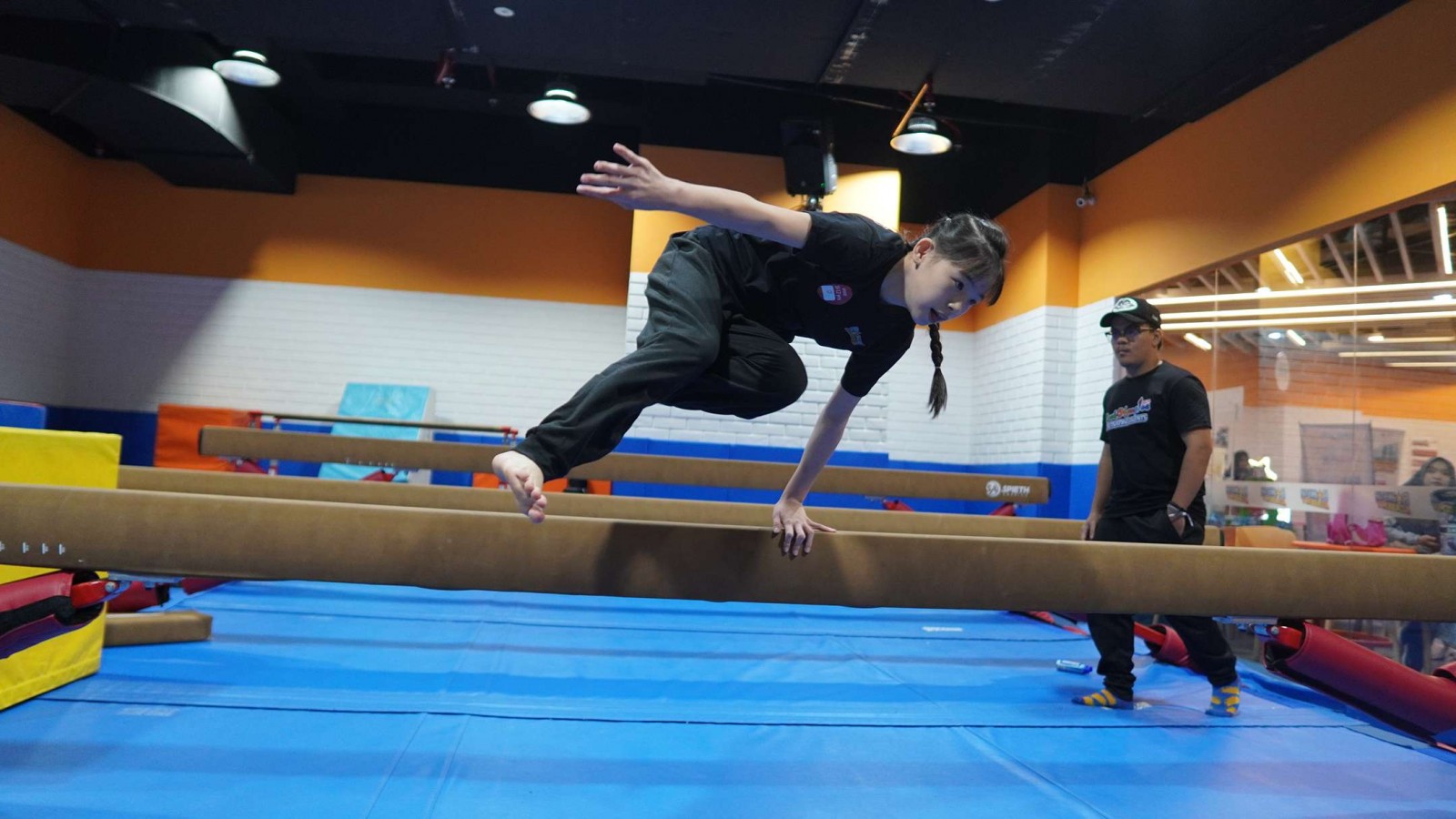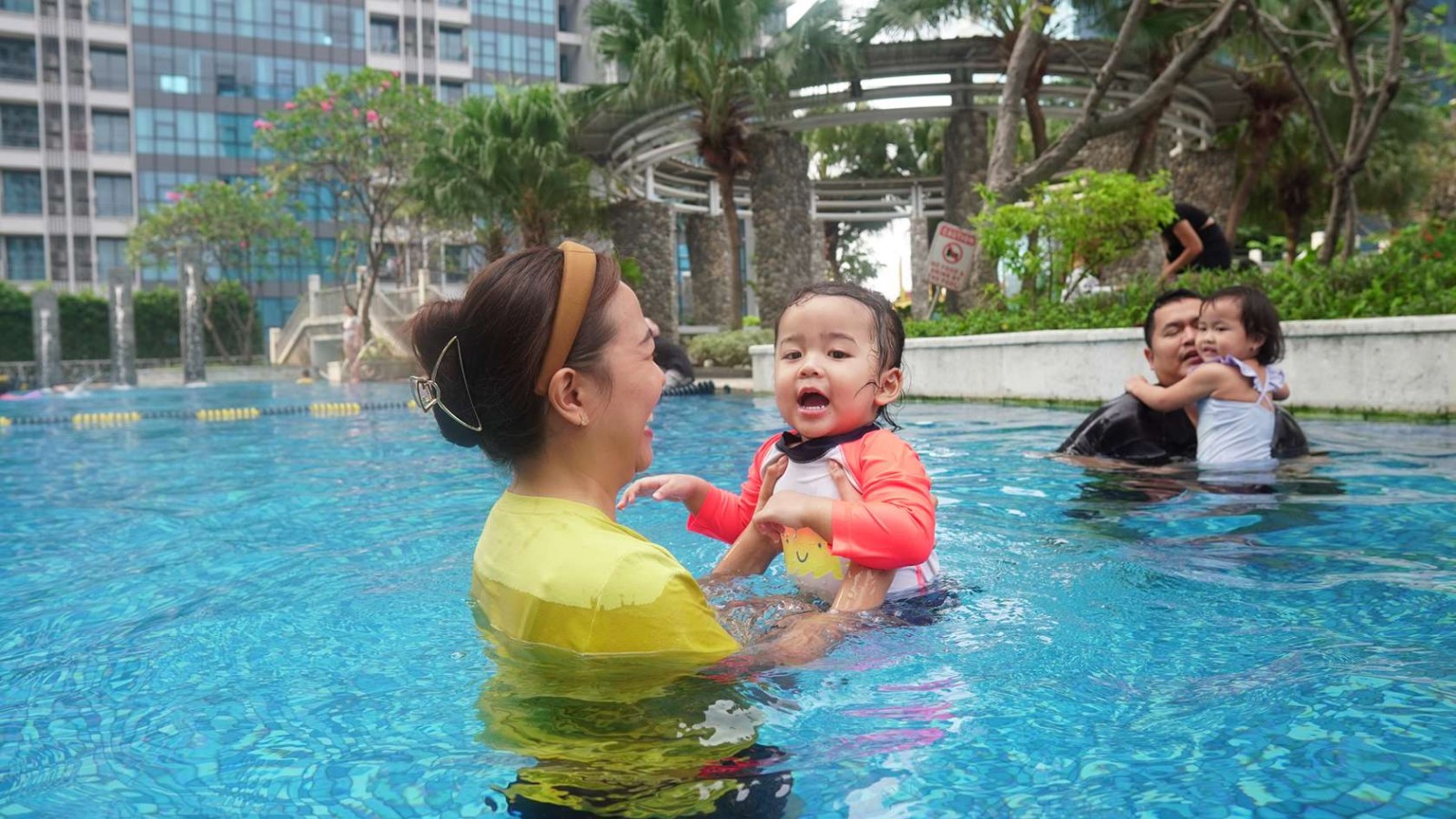Jazz Dance: Definition, History, and More

Jazz dance, with its vibrant energy, syncopated rhythms, and expressive movements, stands as a dynamic and influential form of dance that has captivated audiences worldwide.
Rooted in African-American culture and influenced by a myriad of styles, jazz dance has evolved into a versatile art form celebrated for its freedom of expression and improvisation.
In this comprehensive guide, we delve into the essence of jazz dance, its rich history, contemporary manifestations, popular moves, and avenues for young enthusiasts to learn and explore this captivating dance style.
Understanding Jazz Dance
Jazz dance is characterized by its syncopated rhythms, isolations, intricate footwork, and expressive body movements. It emerged in the early 20th century, evolving alongside jazz music in African-American communities.
Jazz dance draws inspiration from various dance traditions, including African tribal dances, European folk dances, and Caribbean rhythms, amalgamating them into a distinctive form that reflects the cultural diversity of its origins.
History of Jazz Dance
Jazz dance traces its roots to the African diaspora and the cultural melting pot of New Orleans, where diverse musical and dance traditions converged in the late 19th and early 20th centuries.
Influenced by African rhythms, European dance styles, and the syncopated beats of ragtime and blues music, jazz dance emerged as a popular social and performance dance form in the United States.
During the Harlem Renaissance of the 1920s, jazz dance flourished in venues such as the Cotton Club, where legendary performers like Josephine Baker and Duke Ellington showcased their talents.
Jazz dance continued to evolve through the swing era of the 1930s and 1940s, the bebop movement of the 1940s and 1950s, and the emergence of modern jazz in the mid-20th century.
Popular Jazz Dance Moves
Jazz dance, with its dynamic and expressive nature, is characterized by a repertoire of movements that showcase fluidity, sharpness, and rhythm. Here's a detailed exploration of some popular jazz dance moves that epitomize the essence of this vibrant art form:
1. The Jazz Walk
The Jazz Walk embodies the smooth and stylized essence of jazz dance. Dancers execute this step with a sense of ease, combining a relaxed yet controlled movement of the hips with exaggerated arm gestures.
As performers glide across the dance floor, they maintain a sense of poise and grace, punctuating each step with subtle accents that enhance the overall fluidity of the motion.
2. The Charleston
Originating in the exuberant era of the 1920s, the Charleston is a spirited and syncopated dance that reflects the dynamic energy of jazz music. Distinguished by its fast-paced footwork and lively arm movements, the Charleston captivates audiences with its infectious rhythm and playful charm.
Dancers embrace the spirited tempo of the music, executing intricate steps and kicks with precision and flair, while radiating a sense of joy and spontaneity.
3. The Pirouette
Derived from classical ballet but adapted seamlessly into the jazz dance lexicon, the Pirouette is a graceful and elegant turn that showcases balance, control, and finesse.
Dancers execute this technique by spinning on one leg while extending the other leg in a controlled manner, creating a seamless rotation that exudes poise and grace.
4. The Jazz Square
A cornerstone of jazz dance technique, the Jazz Square is a fundamental step that embodies precision, coordination, and rhythmic complexity. Dancers execute this sequence by crossing one foot over the other, stepping to the side, crossing behind, and completing the pattern with a final step.
The Jazz Square offers a dynamic interplay of movement and rhythm, allowing dancers to explore variations in tempo and dynamics while maintaining crisp and precise footwork.
5. The Fan Kick
Exuding drama and dynamism, the Fan Kick is a captivating movement that commands attention with its sweeping arc and controlled precision. Dancers execute this technique by extending one leg in a wide arc, creating a fluid and expansive motion that emanates power and grace.
The Fan Kick showcases the expressive range of jazz dance, inviting performers to explore the interplay between strength, flexibility, and artistic expression as they execute this dynamic movement.
Learning Jazz Dance for Kids
For young enthusiasts eager to explore the world of jazz dance, there are numerous opportunities to learn and develop their skills in a supportive and creative environment.
Here's a detailed look at how children can embark on their journey to learning jazz dance:
A. Enrolling in Jazz Dance Classes
Many dance schools and studios offer jazz dance classes specifically designed for children of various age groups and skill levels. These classes are typically led by experienced instructors who specialize in teaching young dancers the fundamentals of jazz technique, rhythm, and choreography.
In a structured class setting, kids have the opportunity to learn and practice a variety of jazz dance moves and combinations, while also developing their musicality and performance skills.
If you're considering enrolling in a jazz dance class, you might want to explore the Contemporary Dance program offered by Rockstar Academy. Their Contemporary Dance program seamlessly integrates elements from various dance genres, including jazz, modern, and ballet.
As a member of CSTD (The Commonwealth Society of Teachers of Dancing), Rockstar Academy fully embraces and implements the comprehensive Contemporary Technique syllabus endorsed by the organization.
The CSTD Contemporary Dance technique emphasizes fluidity, energy, and breath in movement, requiring dancers to exhibit precise technical execution, exceptional control, agility, and strength to master dance movements successfully.
B. Exploring Creative Movement
For younger children, creative movement classes provide a playful and nurturing introduction to the world of dance, including jazz. These classes emphasize exploration, imagination, and self-expression through movement-based activities and games.
Children are encouraged to experiment with different rhythms, gestures, and spatial patterns, fostering their natural sense of creativity and curiosity while laying the foundation for future dance training.
C. Practicing at Home
In addition to formal classes and workshops, kids can enhance their jazz dance skills by practicing at home. Parents can support their children's learning by creating a designated dance space where they can practice movements, review choreography, and explore improvisation. Watching dance videos and attending live performances can also inspire young dancers and deepen their appreciation for jazz dance as an art form.
Interested in Jazz Dance?
Jazz dance stands as a vibrant and enduring art form that celebrates the diversity, creativity, and expression of its practitioners. From its humble origins in African-American culture to its contemporary manifestations on stage and screen, jazz dance continues to captivate audiences and inspire generations of dancers worldwide.
Whether young or old, beginner or seasoned performer, jazz dance invites all to embrace the rhythm, passion, and joy of movement. If your children are drawn to the enchanting world of jazz dance, consider enrolling them in the Contemporary Dance program offered by Rockstar Academy.
As the premier Sports & Performing Arts Academy, Rockstar Academy provides a diverse range of physical activity programs, including contemporary dance, designed to nurture and enhance your child's skills.
With a curriculum that includes CSTD Contemporary Dance Testing and Ballet & Contemporary Dance Recitals, Rockstar Academy offers a structured and rewarding learning environment focused on developing technique, musicality, and artistry.
Moreover, they invite interested individuals to experience their classes firsthand through a complimentary trial session. Don't miss this opportunity to ignite your child's passion for dance—reach out to Rockstar Academy today!
FAQs
Is jazz dance suitable for beginners?
Yes, jazz dance classes are often structured to accommodate students of all levels, including beginners with little to no prior dance experience. Beginners can expect to learn fundamental techniques, terminology, and choreography in a supportive and encouraging atmosphere.
What are the benefits of learning jazz dance for kids?
Learning jazz dance offers numerous benefits for children, including improved coordination, flexibility, strength, and musicality. Jazz dance classes also promote self-expression, creativity, teamwork, and confidence, fostering holistic development in young dancers.
Do kids need special attire or footwear for jazz dance classes?
While specific requirements may vary depending on the dance school or instructor, children typically wear form-fitting dance attire, such as leotards, tights, and jazz pants, for jazz dance classes. Jazz shoes or dance sneakers with flexible soles are recommended to support movement and provide traction on the dance floor.



